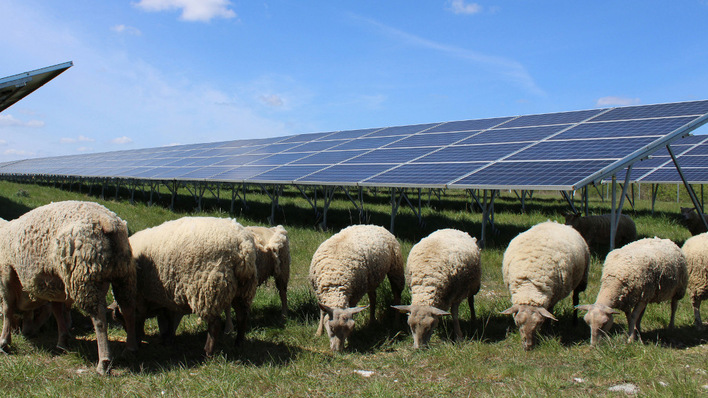Tandem solar cells, which combine perovskite layers with silicon, generate significantly more electricity over the same surface area than conventional silicon technology. In this process, a perovskite cell is applied to a silicon cell. This tandem technology has achieved world record values in solar conversion efficiency, which is now over 31 per cent. In the future, it will also be necessary to consider the environmental impact of solar modules over their entire life cycle.
Perovskite tandem cell more environmentally friendly over 25 years
However, this assessment of perovskite-on-silicon modules has so far relied heavily on data from laboratory and testing facilities rather than manufacturers. Now, for the first time, research teams have evaluated the environmental performance of industrially produced perovskite silicon modules. "We found that perovskite-on-silicon modules are more environmentally friendly than conventional silicon heterojunction modules over a 25-year lifetime," says Bernd Stannowski of Helmholtz-Zentrum Berlin, one of the study's co-authors.
They evaluated a number of categories, including water consumption, toxicity to humans and water bodies, metal consumption and material and energy input for the entire life cycle of a module. The total material and energy input for wafer production, perovskite cell production and module production was included. Oxford PV provided the tandem solar modules as well as process data from its series production in Germany.
Up to 18 per cent less impact than a silicon module
The environmental impact of the tandem module was then weighed against the electricity generated during its lifetime. "We found that the perovskite-on-silicon module pollutes the environment six to 18 per cent less than a silicon module when the additional energy is taken into account," describes co-author Martin Roffeis from TU Berlin.
Also interesting: Larger wafers deliver more output
The tandem module used in the study would generate the same amount of electricity in 22 years as the referenced silicon heterojunction module in 25 years. The higher efficiency of the perovskite-silicon tandem module thus compensates for the environmental impact caused by the additional perovskite material and processes, the researchers describe. (nhp)







